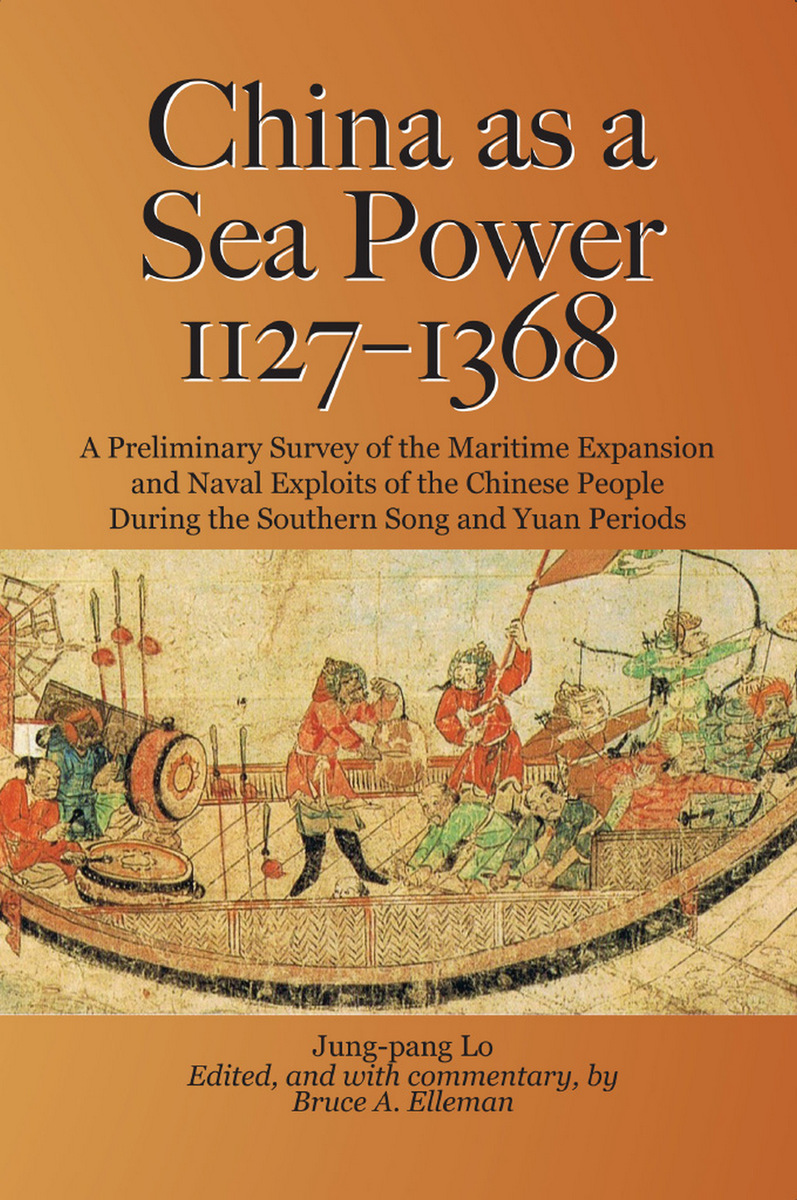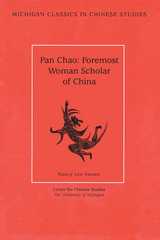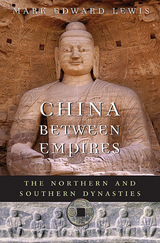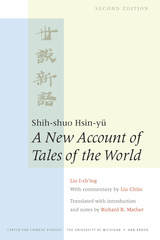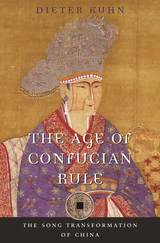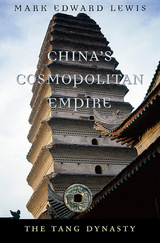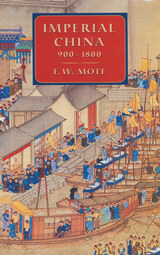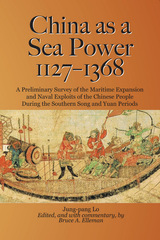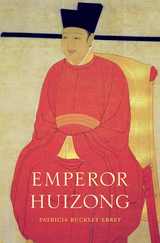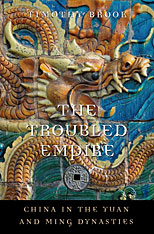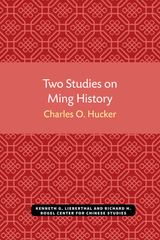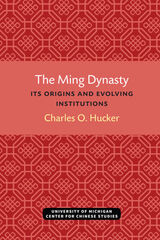China as a Sea Power, 1127–1368: A Preliminary Survey of the Maritime Expansion and Naval Exploits of the Chinese People During the Southern Song and Yuan Periods
National University of Singapore Press, 2012
eISBN: 978-9971-69-713-6 | Paper: 978-9971-69-505-7
Library of Congress Classification DS750.76.L6 2012
Dewey Decimal Classification 359.00951
eISBN: 978-9971-69-713-6 | Paper: 978-9971-69-505-7
Library of Congress Classification DS750.76.L6 2012
Dewey Decimal Classification 359.00951
ABOUT THIS BOOK | TOC
ABOUT THIS BOOK
Lo Jung-pang argues that during each of the three periods when imperial China embarked on maritime enterprises (the Qin and Han dynasties, the Sui and early Tang dynasties, and Song, Yuan, and early Ming dynasties), coastal states took the initiative at a time when China was divided, maritime trade and exploration subsequently peaked when China was strong and unified, and declined as Chinese power weakened. At such times, China's people became absorbed by internal affairs, and state policy focused on threats from the north and the west. These cycles of maritime activity, each lasting roughly five hundred years, corresponded with cycles of cohesion and division, strength and weakness, prosperity and impoverishment, expansion and contraction.
In the early 21st century, a strong and outward looking China is again building up its navy and seeking maritime dominance, with important implications for trade, diplomacy and naval affairs. Events will not necessarily follow the same course as in the past, but Lo Jung-pang's analysis suggests useful questions for the study of events as they unfold and decades to come.
In the early 21st century, a strong and outward looking China is again building up its navy and seeking maritime dominance, with important implications for trade, diplomacy and naval affairs. Events will not necessarily follow the same course as in the past, but Lo Jung-pang's analysis suggests useful questions for the study of events as they unfold and decades to come.
See other books on: History, Naval | Sea-power | Song dynasty, 960-1279 | To 1644 | Yuan dynasty, 1260-1368
See other titles from National University of Singapore Press
